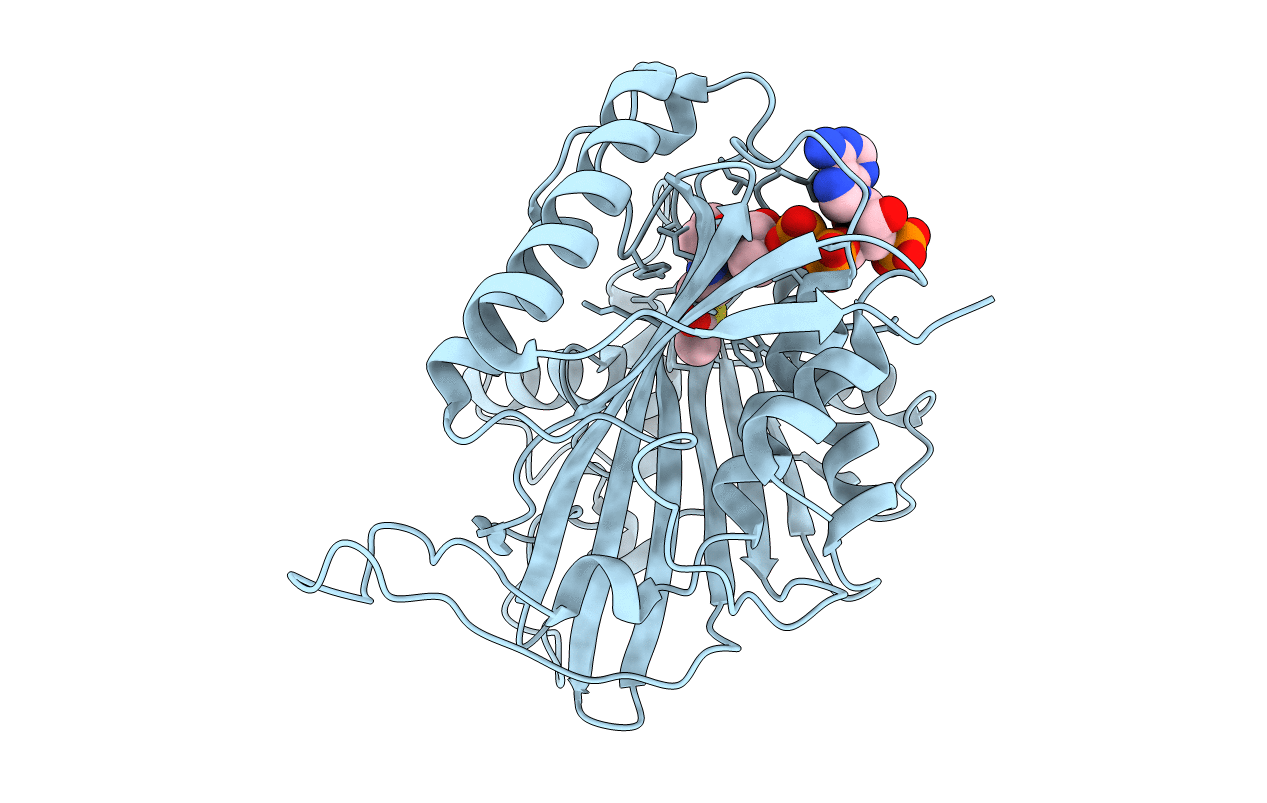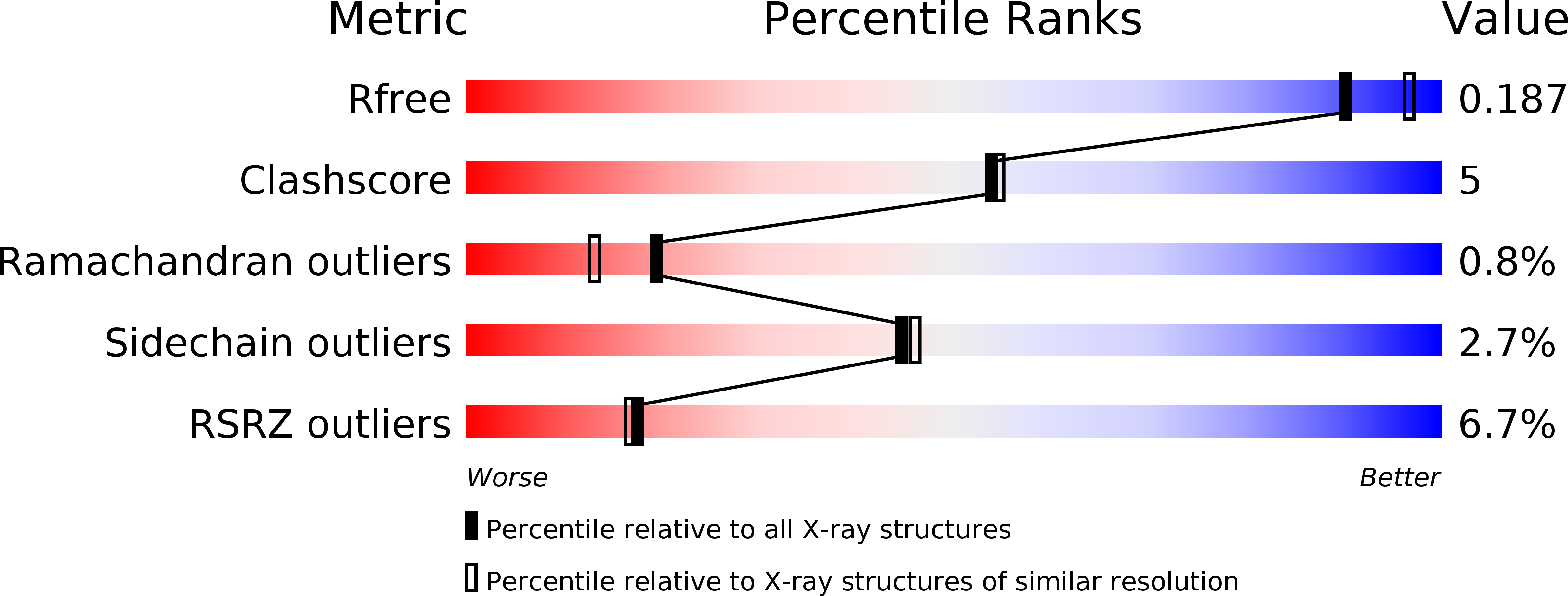
Deposition Date
2008-04-28
Release Date
2008-09-09
Last Version Date
2024-11-13
Entry Detail
PDB ID:
3CZ7
Keywords:
Title:
Molecular Basis for the Autoregulation of the Protein Acetyl Transferase Rtt109
Biological Source:
Source Organism:
Saccharomyces cerevisiae (Taxon ID: 4932)
Host Organism:
Method Details:
Experimental Method:
Resolution:
2.00 Å
R-Value Free:
0.18
R-Value Work:
0.15
R-Value Observed:
0.15
Space Group:
C 1 2 1


